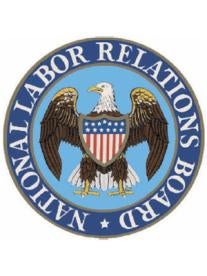Several recent National Labor Relations Board (“NLRB” or the “Board”) decisions are likely to give further momentum to ongoing union organizing efforts targeting employers in the technology, media and telecommunications industry. Organized labor has already demonstrated that it is interested in actively expanding in this area, both among white collar employees and ancillary workers.
-
Most significantly, on August 27, the Board discarded the test it had used for determining whether companies are joint employers for the past 30 years and adopted a new standard that will make it far easier for unions and employees to establish that a company is an “employer” and responsible for its contractors, suppliers, vendors and franchisees’ employees. Under the new standard, what matters is whether the purported joint-employerpossesses the authority to control the terms and conditions of employment, either directly or indirectly. In other words, the actual or potential ability to exercise control, regardless of whether the company has in fact exercised such authority, is the focus of the Board’s inquiry. As the Board puts it, “reserved authority to control terms and conditions of employment, even if not exercised, is clearly relevant to the joint-employment inquiry”.
-
Since the Board’s amended rules for votes on unionization, commonly referred to as the “ambush election rules” because employers are often caught by surprise when a petition is filed, the median number of days between the filing of a representation petition and the day on which employees vote has fallen by 40%, to approximately 3 weeks from petition to vote. This means employers have a far shorter time to respond and campaign and is expected to significantly increase the union’s chances of winning the vote.
-
Finally, in its decision in DPI Secureprint, Inc. the Board expanded a union’s ability to slice and dice an employee population to create ever smaller micro bargaining units in which unions can group supporters.
Taken together, these three developments expand the ability of unions to rapidly organize small bargaining units and to organize temps, leased employees and employees of tech, media and telecommunications suppliers and support, such as distribution, cleaning and janitorial, catering, and transportation and to saddle the company contracting for such services with bargaining obligations by claiming it to be a joint employer with the actual employer. These developments present special challenges for companies that use staffing agencies or subcontractors to provide ancillary services. Unions have greater flexibility in setting the scope of a bargaining unit while employers have less time to respond to a petition and prepare for a vote on union representation. Employers should audit their relationships with service providers to determine the risk of joint employer treatment and develop strategies to immediately respond to union organizing campaigns.




 i
i

